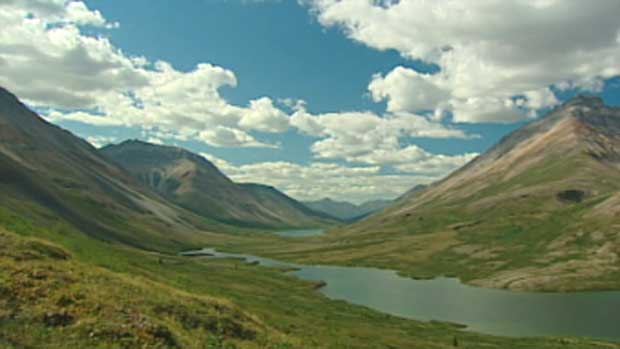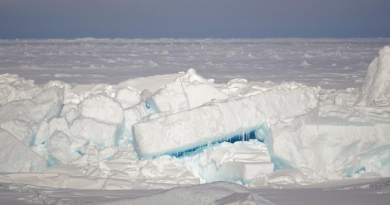Peel watershed commission in Yukon, Canada issues final report
 The Peel Watershed Planning Commission is sticking to its recommendation to protect 80 per cent of the central Yukon wilderness area from development.
The Peel Watershed Planning Commission is sticking to its recommendation to protect 80 per cent of the central Yukon wilderness area from development.
The commission, which has spent the past six years developing a land-use plan for the Peel River watershed, released its final recommended plan this week.
The commission’s draft plan, released in December 2009, ignited public debate when it called for 80 per cent of the watershed to be withdrawn from any industrial development, including mineral staking.
Some have called for the entire 67,000-square kilometre area to be declared off-limits to development, while those who want to explore for minerals in the area said 80 per cent is too much.
The Yukon government and the territory’s First Nations, which have the final say on the proposed Peel plan, ordered the commission in February to review its recommendation.
At the time, the First Nations called for 100 per cent of the watershed area to be off-limits to development, while the territorial government said it wanted to see a variety of land uses.
Some land could be reviewed
While the commission has kept its original recommendation of protecting 80 per cent of the watershed area, it now says 55 per cent of that land should be protected permanently, while the rest could be reviewed in the future.
“Of the conservation area, that is subdivided then into what we would propose to be ‘permanently protected,’ and what is then referred to as [a] wilderness area that is, for the time being, protected but would come under periodic review,” commission chairman Dave Loeks told CBC News on Tuesday.
Loeks said the commission is recommending that resource development could be permitted on the 20 per cent of the Peel watershed area that does not have any protection.
The commission continues to call for a ban on new roads in the area, saying miners with existing claims in the area can still access them by air.
Officials saying little
With the commission’s work now complete, it is now up to the Yukon government and First Nations to approve the final recommendations.
Energy, Mines and Resources Minister Patrick Rouble said he and government officials need time to study the document before commenting on it.
“I look forward to reading the plan and seeing how they have fleshed out and responded to the concerns,” he said Tuesday.
“I expect to see a final plan and final process that does indeed identify and protect certain areas, but also the balance on that of ensuring that we have access to opportunities now and into the future,” he added.
The Yukon Chamber of Mines also said little about the report, but president Claire Derome said the changes they had hoped for did not materialize.
“It’s been a long, winding process and … I think we just went in a circle,” Derome said.
We’re going to review the report, we need time for that. We need to consult our members as well.”
Originally posted July 26, 2011



